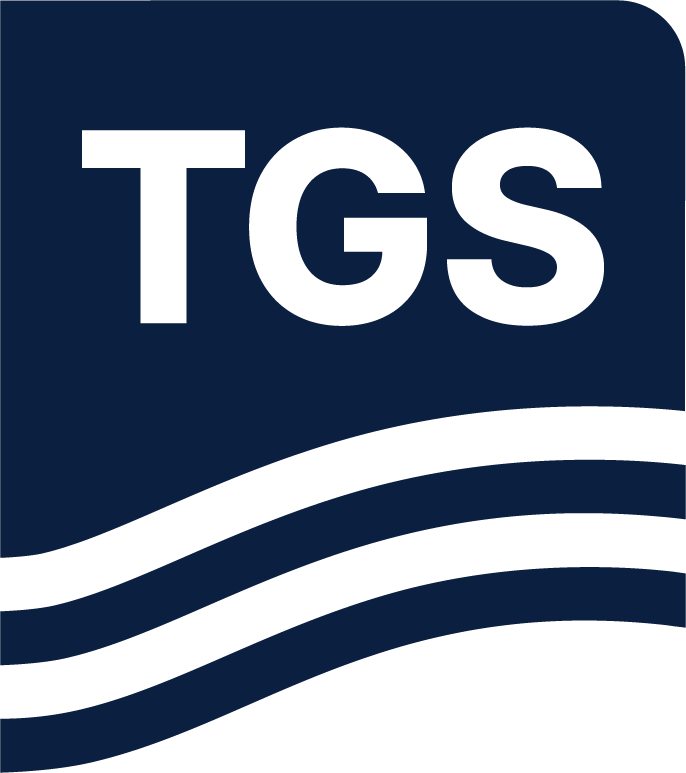DM FWI
Dynamic Matching Full Waveform Inversion (DM FWI) produces high-resolution velocity models that incorporate the full seismic signal (diving waves and reflections) with a proven record with sparse OBN, shallow water OBN, streamer and land surveys.

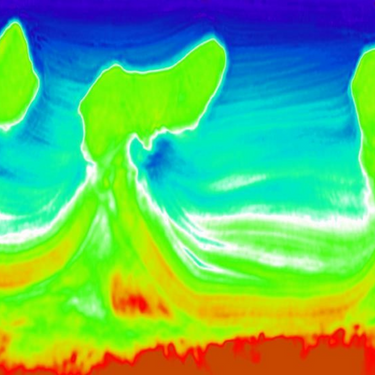
.png?width=1200&length=1200&name=TGS%20-%20Full%20Waveform%20Inversion%20-%20FWI%20-%20Sparse%20OBN%20Acquisition%20(2).png)
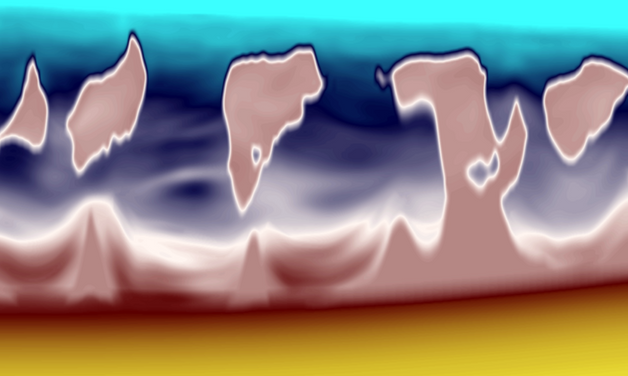
.png?width=1200&length=1200&name=TGS%20-%20Full%20Waveform%20Inversion%20-%20FWI%20-%20Sparse%20OBN%20Acquisition%20(3).png)
DM FWI with Sparse OBN Acquisition
DM FWI is a data-driven algorithm using a smooth initial model with little detail. Long offset diving waves and reflections contribute to estimating a high-resolution model from shallow to the base of salt and subsalt. The FWI image obtained from the final FWI model provides an uplift in illumination compared to conventional imaging.
DM FWI for Shallow Water OBN Acquisition
Complex shallow overburden successfully modeled to a high resolution using long offset diving wave and reflection data. Injectites of variable velocity resolved to remove complexity and uncertainty from the underlying stratigraphy.
.png?width=1200&length=1200&name=TGS%20-%20Full%20Waveform%20Inversion%20-%20FWI%20-%20Shallow%20Water%20OBN%20Acquisition%20(2).png)
.png?width=1200&length=1200&name=TGS%20-%20Full%20Waveform%20Inversion%20-%20FWI%20-%20Shallow%20Water%20OBN%20Acquisition%20(3).png)

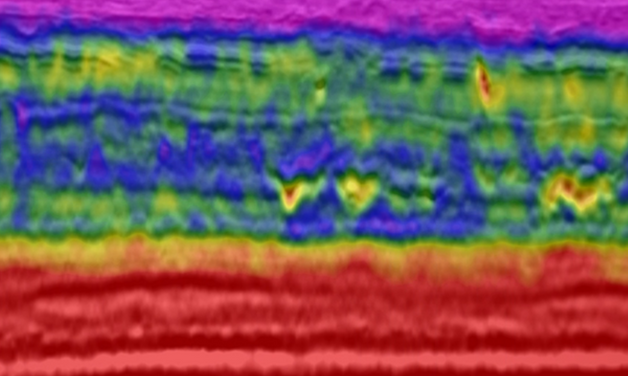
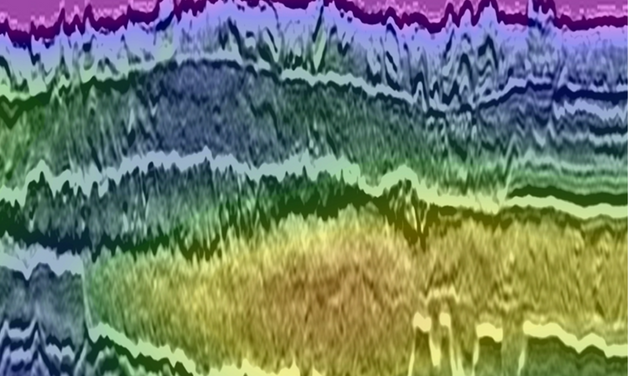
.png?width=1200&length=1200&name=TGS%20-%20Full%20Waveform%20Inversion%20-%20FWI%20-%20NAZ%20Streamer%20Data%20(2).png)
.png?width=1200&length=1200&name=TGS%20-%20Full%20Waveform%20Inversion%20-%20FWI%20-%20NAZ%20Streamer%20Data%20(3).png)
.png?width=1200&length=1200&name=TGS%20-%20Full%20Waveform%20Inversion%20-%20FWI%20-%20NAZ%20Streamer%20Data%20(4).png)
DM FWI for NAZ Acquisition
DM FWI keys on reflection travel time differences to resolve low and high wavenumber details in the velocity model. A velocity slice shows lithology variations unseen with tomography updates in the initial model.
DM FWI for Land Acquisition
Our DM FWI velocity model building workflow for land data uses both optimal transform and dynamic matching for high-quality results in the presence of noisy seismic records.

-1.png?width=1200&length=1200&name=TGS%20-%20Full%20Waveform%20Inversion%20-%20FWI%20-%20Land%20Acquisition%20(2)-1.png)
